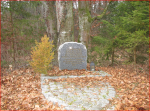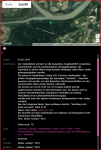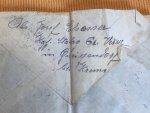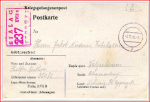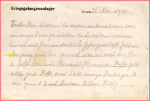Bongiorno Giovanni,
I just found the thread about Carlo Alfarano here and your search for traces of his "Arbeitskommando" (forced labour party).
Stalag XVII B served as a "workforce pool" for the benefit of both companies and private farms in large parts of today's Austria. POWs and Italian IMIs were dispatched in large numbers across the country in different "Arbeitskommandos". The size of the various "Arbeitskommandos" was quite different and depended much on the assigned duties. The Stalag administration did play a central role in coordinating the supply for forced labour. As far as I know each "Arbeitskommando" got a number code. However, in course of the disbandment of Stalag XVII B most documents that might help us today to connect the various "Arbeitskommandos" to specific locations were destroyed or lost. Thats is the reason why we lack any scientific structural analysis of Stalag Arbeitskommandos until today. I would not be surprised if some records were captured on site by the Red Army, but searching these documents in Russian archives would take much effort and cost.
Additionally, without a very specific location or a name of an "Arbeitskommando" any search effort is quite difficult, like the "needle in the haystack".
About the fact that the French authorities organised the repatriation of Italian IMIs: US and British forces were the first to repatriate their liberated POWs. The French followed and obviously took responsibility to help other nationals too, as most countries like Italy were lacking the necessary means of transport and logistics to bring home their citizens immediately after German surrender. Thats why DP camps were established in many European countries.
You may try also Arolsen Archive (the former International Tracing Service). They are currently redesigning their website with improved search facilities for names. Link:
NS-Opfer im Online-Archiv suchen - Arolsen Archives You will find some results for "Carlo Alfarano", but the date of birth does not match. Pls. try again the next couple of weeks.
Good luck for your further research
Etrich Taube



